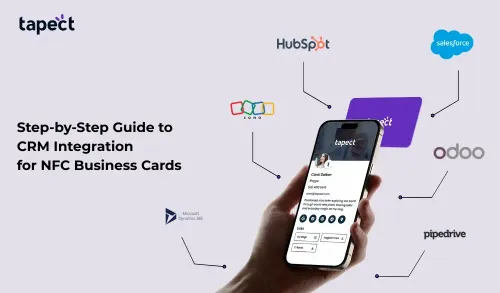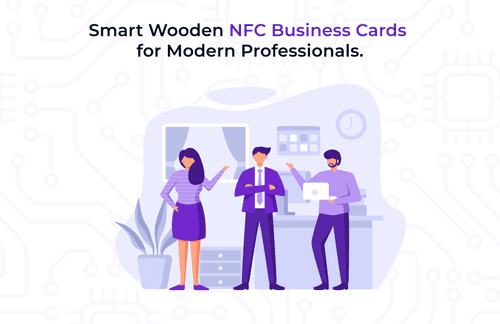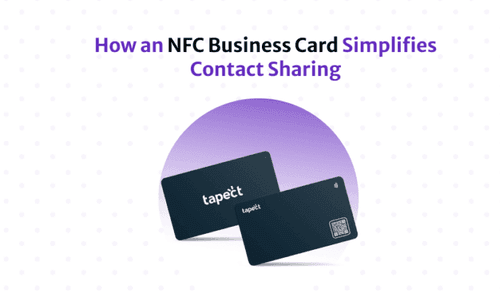Social media has transcended its role as a platform for sharing vacation photos and memes. It has evolved into a powerful sales tool for dynamic businesses. Numerous brands have integrated robust social selling strategies into their marketing efforts to reach a broader audience. Here’s why every business, regardless of size, should embrace social selling to facilitate growth and expansion.
Social Selling | What it is, and Isn’t
Social selling involves leveraging social media platforms to broaden your audience and boost sales. When executed effectively, it positions your business strategically, enhancing both your reach and credibility.
Contrary to simply reaching out to old high school acquaintances to pitch products, social selling revolves around crafting a distinct brand persona and fostering a sense of community around it.
By actively and purposefully engaging with social media, you enable individuals within your target demographic, or those who could benefit from your offerings, to discover your brand, understand the solutions you provide, and access avenues for making purchases.
Moreover, this approach facilitates interaction with your business, fostering trust and rapport with potential customers.
Key Insights to Kickstart Your Social Selling Journey
To use social selling strategically, you need to have a few things in place.
First: Optimize Your Social Profiles
For effective social selling, your social profiles must serve as powerful assets. They should seamlessly draw people in, foster connections, and ultimately guide them towards making a purchase.
Whether you maintain a presence on multiple platforms or focus on a select few, each profile must contribute to driving sales.
Conduct a thorough audit of your professional social media profiles. Ensure that each profile:
Features a high-resolution photo of yourself. Avoid filters and ensure clarity. With today’s smartphone capabilities, professional-quality photos are easily achievable. Explore tips for capturing the best professional images using your smartphone.
Presents a bio that effectively positions you. Utilize this space to offer insights, tips, or solutions that showcase your expertise. Remember, first impressions are paramount. Additionally, include a link to your contact information, such as your digital business card, for easy accessibility.
Next: Get Social (the Right Way!)
Many gripe about “the algorithm,” and mastering social media can indeed pose challenges. However, here’s the bottom line: consistency and engagement reap rewards.
What exactly is social selling? It boils down to consistently showing up and actively participating on platforms. Here’s how to do it:
Stay active. Avoid the “post and ghost” approach, as most algorithms penalize it. Instead, invest time in engaging on the platforms you’re present on. Join relevant groups and contribute meaningfully. For instance, if you run a bakery, participate in baking groups by offering advice on substitutions or sharing tips for scaling recipes.
Share valuable content. Whether on your page or within groups, ensure that your posts add value. Themes like “Tip Tuesday” or “Monday Motivation” gain traction because people seek actionable insights while scrolling. Additionally, consider using AI voice generators to create more engaging video content.
Respond, engage, and answer. Actively engage with every comment and address every question. This is highly regarded by all algorithms.
Believe it or not, the algorithm serves a vital purpose. Social media is inherently social, and users prefer meaningful interactions over being talked at or ignored.
To leverage social selling for business growth, it’s crucial to align with the algorithm’s expectations. By doing so, you’ll increase visibility, expand your reach, and strengthen connections within your network.
Establish Your Identity: Consistent Visual Branding and Social Selling
Alongside maintaining a regular posting schedule and active engagement, consistency extends to various facets of social selling.
Ensure consistent use of your brand’s colours, fonts, and logo. This, coupled with sharing valuable content, captivates attention and encourages audience engagement. When every post maintains a cohesive visual identity, it becomes instantly recognizable, prompting viewers to pause and absorb your message.
More Tips for Social Selling
After optimizing your profiles and diving into social media, a plethora of opportunities awaits to expand your business through social selling.
Network with Your Existing Customers
Nurture the loyalty of your brand advocates by staying engaged and fostering relationships with them through social media. Ensure prompt responses to tags, posts on your pages, and messages they send your way.
Be Mindful of Customer Support Opportunities
Ensure that either you or a designated representative from your business actively monitors for customer inquiries or concerns and responds promptly.
Acknowledge their issue with empathy (e.g., “We’re sorry to hear about your experience with X”) and assure them of immediate assistance via direct message (DM). Follow through by promptly sending the DM or directing them to contact customer support via phone or email.
If your business offers online chat support, consider sharing the link in the comments section as well.
Not only is it crucial to address customer needs promptly, but it’s also essential for potential customers observing your responsiveness to feel confident in their decision to engage with your brand.
Monitor Analytics and Use That Data
Analyzing analytics is an integral aspect of any social selling strategy.
If you notice a post garnering exceptional engagement, take the opportunity to examine it closely in comparison to your other posts. Identify the elements that set it apart and replicate those strategies for future content.
Conversely, if certain posts consistently receive minimal engagement, identify commonalities among them and consider removing or modifying those aspects from your social selling strategy.
Regularly reviewing social media analytics provides valuable insights into audience preferences and trends. Allocate time in your workflow to assess engagement metrics and leverage these insights to optimize your content strategy.
Track Your SSI (Social Selling Index)
LinkedIn introduced the Social Selling Index (SSI), a metric that evaluates your activity based on four key benchmarks of social selling, assigning a score ranging from 0 to 25 for each:
Establishing a professional brand with a well-optimized profile: Your profile serves as the cornerstone of social selling. Ensuring it is fully optimized is crucial for laying a solid foundation for your social selling strategy.
Finding the right prospects: Merely posting frequently on your page may not yield significant benefits for your business. This benchmark assesses whether you are effectively engaging with potential prospects in relevant groups and communities.
Sharing useful, relevant content: LinkedIn evaluates engagement metrics to determine the effectiveness of the content you share. Are your posts generating meaningful interactions, such as clicks, comments, and shares?
Building and strengthening relationships: Social selling extends beyond posting content—it involves actively engaging with your audience. LinkedIn analyzes your responses and interactions with clients to assess your ability to foster relationships and nurture connections.
Remember, social media is inherently social, and successful social selling hinges on genuine engagement and relationship-building efforts.
Social Selling is Happening Already
Businesses are capitalizing on the benefits of social selling, and the results speak for themselves.
Sales professionals leveraging social selling techniques typically secure 40-50% more new business compared to their counterparts who do not, making it an invaluable tool for teams.
Moreover, according to a study by LinkedIn, 31% of sales representatives employing social selling tactics successfully closed deals exceeding half a million dollars without ever meeting the buyer face-to-face. This highlights the remarkable potential for expanding reach, with geographical limitations becoming less of a barrier than ever before.
Begin Your Social Selling Journey with a Digital Business Card Today
It’s time to take action. Start by optimizing your professional social profiles with a high-quality headshot and comprehensive contact information. For seamless sharing of your details, consider utilizing a tapect digital business card.
This digital platform provides a centralized hub for sales professionals across industries to manage and exert control over their online presence. Unlike platforms like Facebook, Instagram, or LinkedIn, tapect offers complete personalization options.
With your digital business card, you have the flexibility to include an array of links, such as galleries showcasing product photos, video introductions, testimonials, and more, to effectively position yourself in the market.
Harness the potential of social media by identifying where your prospects reside and actively engaging with them and other businesses. Countless success stories attest to the benefits of building connections and engaging in online conversations. Don’t miss out—take the proactive step forward today!
Conclusion
In conclusion, integrating social selling techniques with a digital business card can significantly expand your business’s reach and impact. By optimizing your professional online presence and leveraging the personalized capabilities of a digital business card, you can effectively engage with prospects, build valuable connections, and ultimately drive business growth. Embrace this powerful combination to stay ahead in the competitive landscape of digital marketing and maximize your potential for success.



